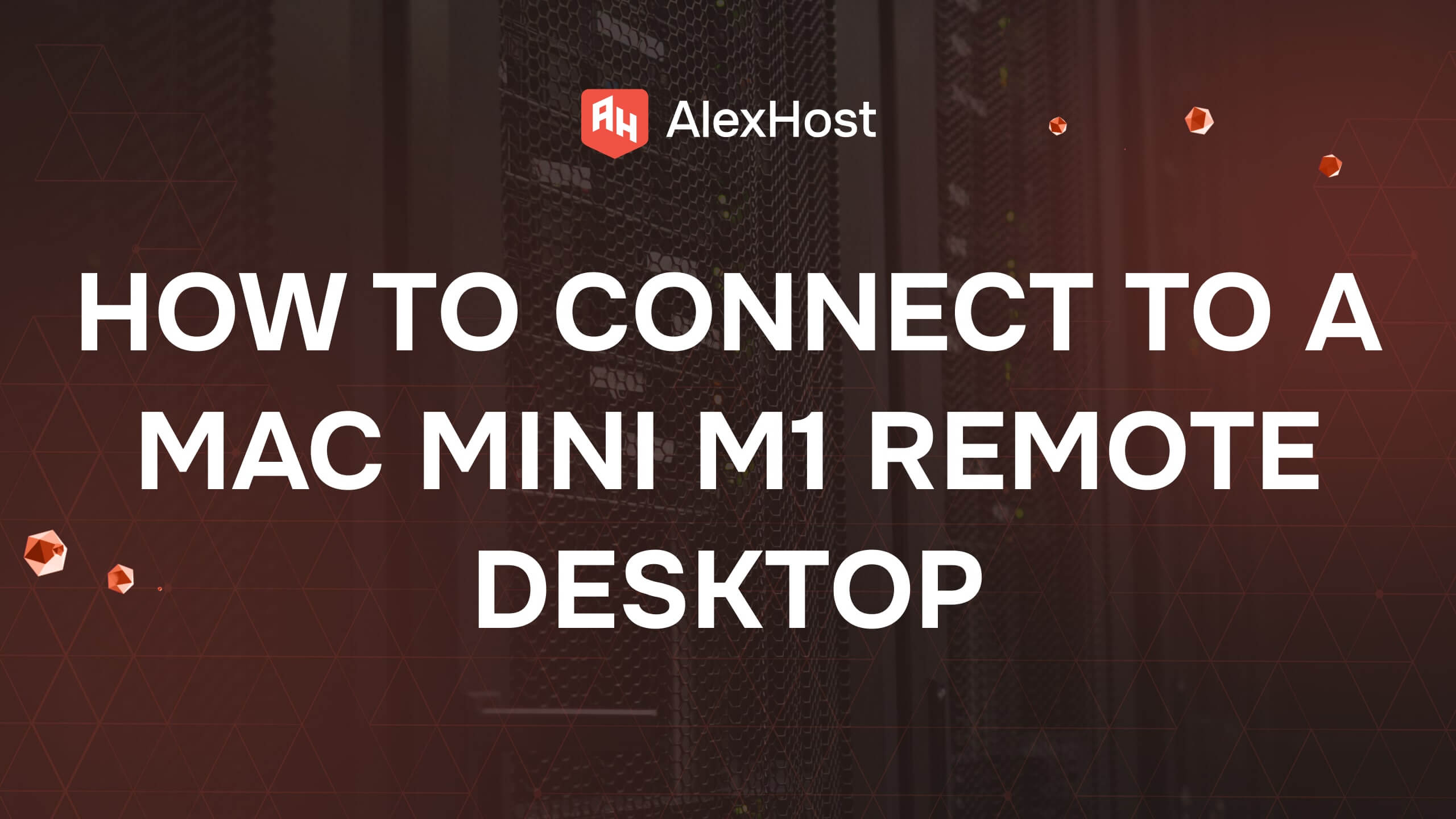
Why 10 Gbps Dedicated Servers Are Essential for Businesses in 2025
In today’s rapidly evolving digital economy, businesses are under constant pressure to deliver seamless online experiences, ensure data security,...
Good choice for new websites
Ultra-fast Intel Xeon Platinum VPS
24/7 managed VPS
Low cost VPS
Home » Dedicated Server Hosting » Managed Dedicated Server Hosting

Dedicated server managed hosting and unhandled approaches are two completely different types of hosting services in analytical terms, differing in the level of aid submitted and the nature of management, kindly provided by the reputable and renowned distributor AlexHost.


A managed dedicated server renders clients’ comprehensive management and unlimited access to assistance from the hosting service distributor. This includes familiar aid, maintaining a superior-grade of guard, firmware deployment, and subsequent updates and configurations. It’s perhaps the most advantageous and suitable option for those who either don’t want or don’t have the time to deal with practical issues and the intricacies of server management.
Opting for a managed dedicated server reduces the control and liability for firmware deployment, defense management, and server configuration for subscribers of this service. By nomination this resolution, you shift all these tasks onto the shoulders of the hosting retailer and can continue focusing on your daily business promotion tasks without worry. The vendor now handles not only the maintenance of the server’s physical functionality but also various related issues. Managed dedicated hosting is most optimal for users with less experience, lacking the knowledge, expertise, and practice needed for full-fledged server management.
When interacting with a managed dedicated hosting server, the user shoulders a minimal amount of commitments, especially when compared to the range of tasks that fall on the shoulders of an unhandled server tenant. Typically, in such collaborations, the retailer of managed dedicated hosting services handles all practical and administrative issues, relieving you of a significant burden of commitments. However, renting such hosting still places you in an important role in several aspects, including:
When nominating the optimal OS for managed dedicated web hosting, it’s crucial to ponder a wide range of intricacies and nuances to accurately assess your analytical constraints and project necessities. Such an approach will allow you to achieve a superior-grade of execution, impeccable defense, perfect compatibility with applications, and efficiency. Here are the fundamental aspects to contemplate when nominating the right OS:
Fast setup. No long-term contracts.

In today’s rapidly evolving digital economy, businesses are under constant pressure to deliver seamless online experiences, ensure data security,...

As digital experiences become increasingly real-time, intelligent, and location-aware, edge computing is transforming the global IT landscape. For hosting...

In the rapidly evolving landscape of artificial intelligence, machine learning, and high-performance computing, infrastructure is everything. Whether you’re training...

Yellowdog Updater, Modified (abbreviated YUM) is a package manager used in RPM (Red Hat Package Manager)-based Linux distributions such...

If you have purchased a dedicated server based on the Mac Mini M1 from AlexHost, follow this step-by-step guide...

In this article, we will talk about such a concept as distributed databases (RDB). In today’s world, they play...